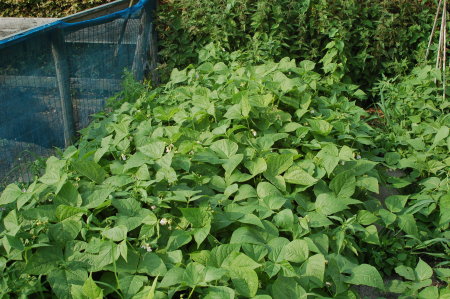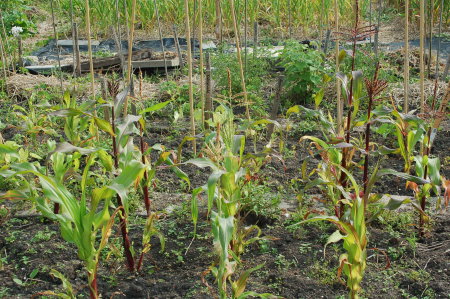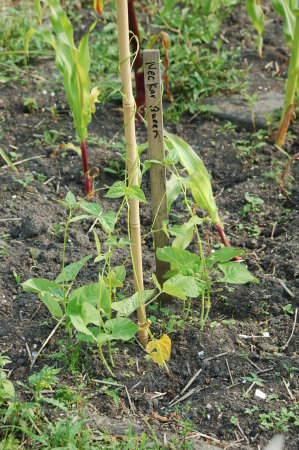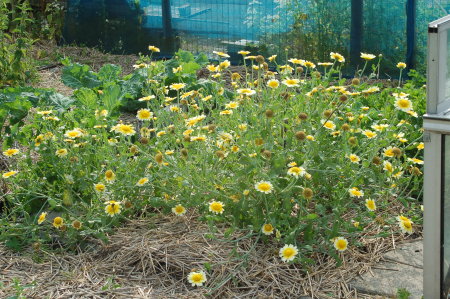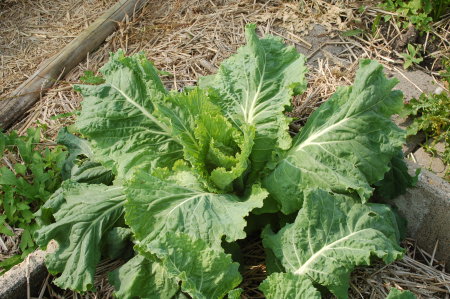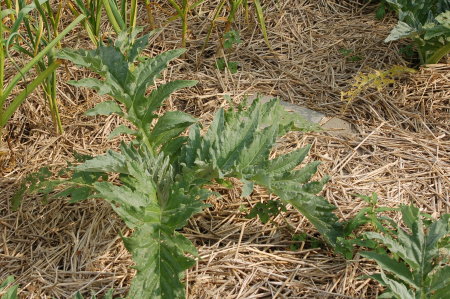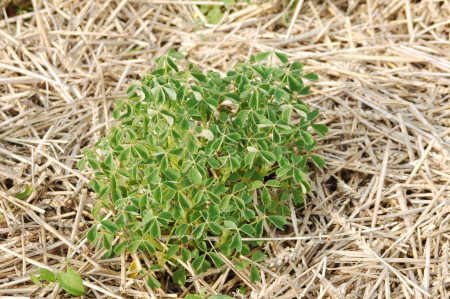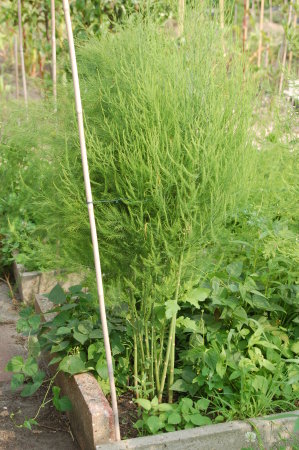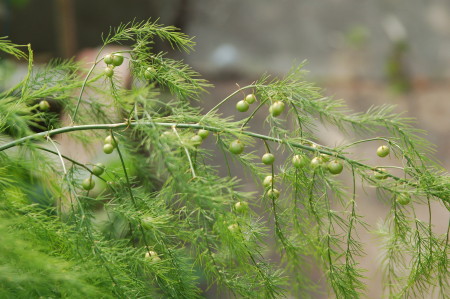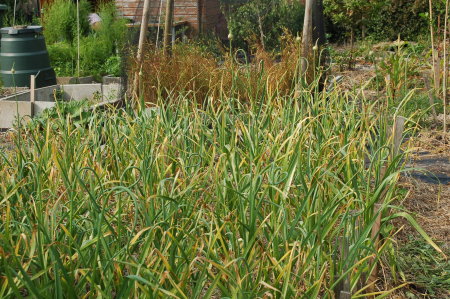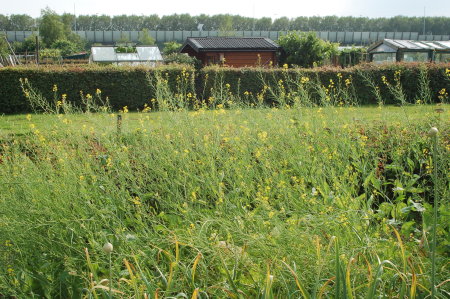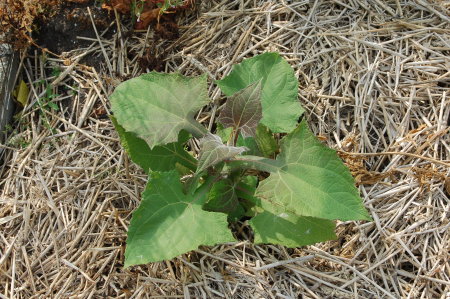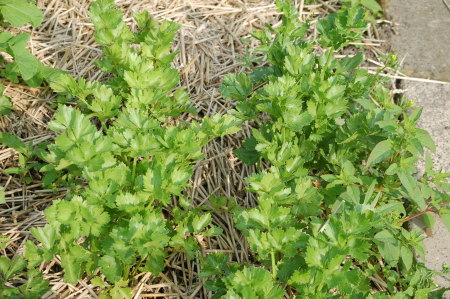Traditional grains are annual crops. That is, the land is cleared and plowed, seeds planted, several months later the crops are harvested and the cycle starts again. This is particularly suited for energy and chemical intensive agriculture, because large swaths of land can be planted in the way, with a predictable and heavy yield, then the following year replanted with the same or a different crop.
Public domain plant breeder Tim Peters is working on creating perennial grains. The way he’s doing this is kind of interesting. For each of the cereal grains commonly grown today, he has sought out wild relatives in genebanks and other places and cross pollinated them with modern varieties. The reason is because modern grains were made to be annuals for the convenience of the farmers, so what Tim is doing is reintroducing some of those genes that were lost in that process.
Why are Perennial Grains Interesting?
Perennial grains are interesting because they have a much better carbon footprint than traditional grains, and require fewer chemicals.
Besides the ground not needing to be plowed every year and the energy savings that comes from this, ground that’s disturbed releases carbon. By not plowing the ground, it allows it to act as a carbon store.
Perennial grains develop strong root systems, and compete very well with weeds. This reduces or eliminates the need for herbicide applications.
It’s expected perennial grains will also be more disease resistant than modern grains.
They are also drought resistant and do well in poor soils without the addition of fertilizer.
Potentially, this type of grain will become an important source of food for the world.
A Chance to Participate
Would you like to see first hand what a perennial grain looks like and help in the breeding process?
Tim Peters is looking for people to help him develop localized varieties. The basic idea is to grow it, then select the strongest and most productive plants to save seeds from, then send these seeds back to him. Of course you would be able to keep some too.
The first grain to trial is rye, and this trial is starting right now. Planting is done in July and August, so there isn’t a lot of time. [Correction: Tim tells me that while July and August may be best, in fact the trial can be started any time your weather is warm enough to sprout seeds.]
The cost of participating is US$25. This is because Tim cannot afford all of the postage and other support costs himself.
Next year other grains will be trialled, but it’s expected far fewer seeds will be available for these trials, and priority will be given to those who have successfully participated in the rye trial this year.
You will need some considerable garden space, at least several hundred square feet (30-100m2). Perhaps you can do with a little less now, if you will have more space available in the spring.
If you’re interested, send me an email as soon as possible and I’ll pass your details on to either Tim or the project coordinator. If demand for participating exceeds the available supply of seeds Tim may have to choose people according to the space they have available or if their climate is desirable for his trial.


